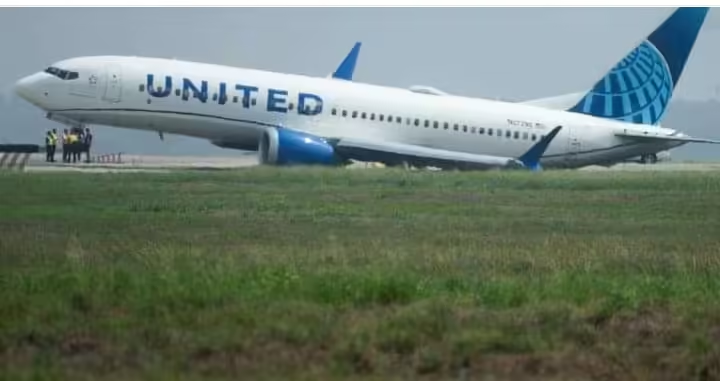A United Airlines flight en route from Newark, New Jersey to Honolulu, Hawaii recently made an emergency descent over the Pacific Ocean due to a sudden pressurization issue. The Boeing 777 aircraft, carrying hundreds of passengers, descended approximately 28,000 feet in just 8 minutes after the cabin pressure began to drop, causing a potentially dangerous situation. The rapid descent occurred as the pilots followed emergency protocols to reach a safer altitude where passengers and crew could breathe without supplemental oxygen.
### Pressurization Issue and Immediate Response
The pressurization issue was identified mid-flight, triggering alarms in the cockpit. Cabin pressurization systems are designed to maintain a stable air pressure inside the aircraft, even when flying at altitudes where the air outside is too thin to breathe. When these systems fail, the oxygen levels inside the cabin drop rapidly, which can lead to hypoxia—oxygen deprivation for passengers and crew. In this case, the crew was forced to descend from 37,000 feet to around 9,000 feet to stabilize the pressure inside the cabin.
In such situations, oxygen masks automatically deploy for passengers to use while the aircraft descends. The pilots are trained to perform what is known as an emergency descent, where they bring the plane to a safer altitude as quickly as possible. This descent is steep and fast, designed to minimize the time passengers are exposed to low oxygen levels.
### Medical Emergencies Onboard
Unfortunately, the rapid change in cabin pressure can have serious effects on passengers, especially those with pre-existing medical conditions. During the incident, three passengers reportedly lost consciousness due to the sudden loss of oxygen in the cabin. This is a common symptom of hypoxia, which can lead to dizziness, confusion, and loss of consciousness when oxygen levels drop too low. Cabin crew immediately provided assistance, and emergency medical equipment onboard was used to stabilize those affected.
While the crew acted swiftly to provide oxygen and other necessary medical interventions, passengers reported feeling shaken by the dramatic descent and the overall situation. Once the aircraft reached a safer altitude and the cabin pressure stabilized, the crew reassured passengers and continued to monitor the situation closely.
### Safety Measures and Final Outcome
United Airlines confirmed the incident and emphasized that the pilots and crew followed standard safety procedures. The airline also reiterated that cabin pressurization issues, though rare, are situations for which both pilots and flight attendants receive extensive training. The Boeing 777 involved in the incident was inspected after landing to identify the cause of the pressurization failure.
While the event was undoubtedly distressing for those onboard, the flight landed safely in Honolulu. The passengers who had lost consciousness were given further medical evaluation upon landing, but there were no reports of severe injuries. Many passengers praised the crew’s professionalism and calm demeanor in handling the emergency.
### Conclusion
The incident highlights the potential dangers of pressurization failures and the importance of swift action by airline crews. While the sudden descent over the Pacific Ocean was alarming, the crew’s quick response in executing emergency procedures ensured the safety of the passengers. This event serves as a reminder of the critical role that well-trained crews and safety protocols play in managing in-flight emergencies.
